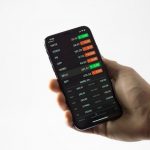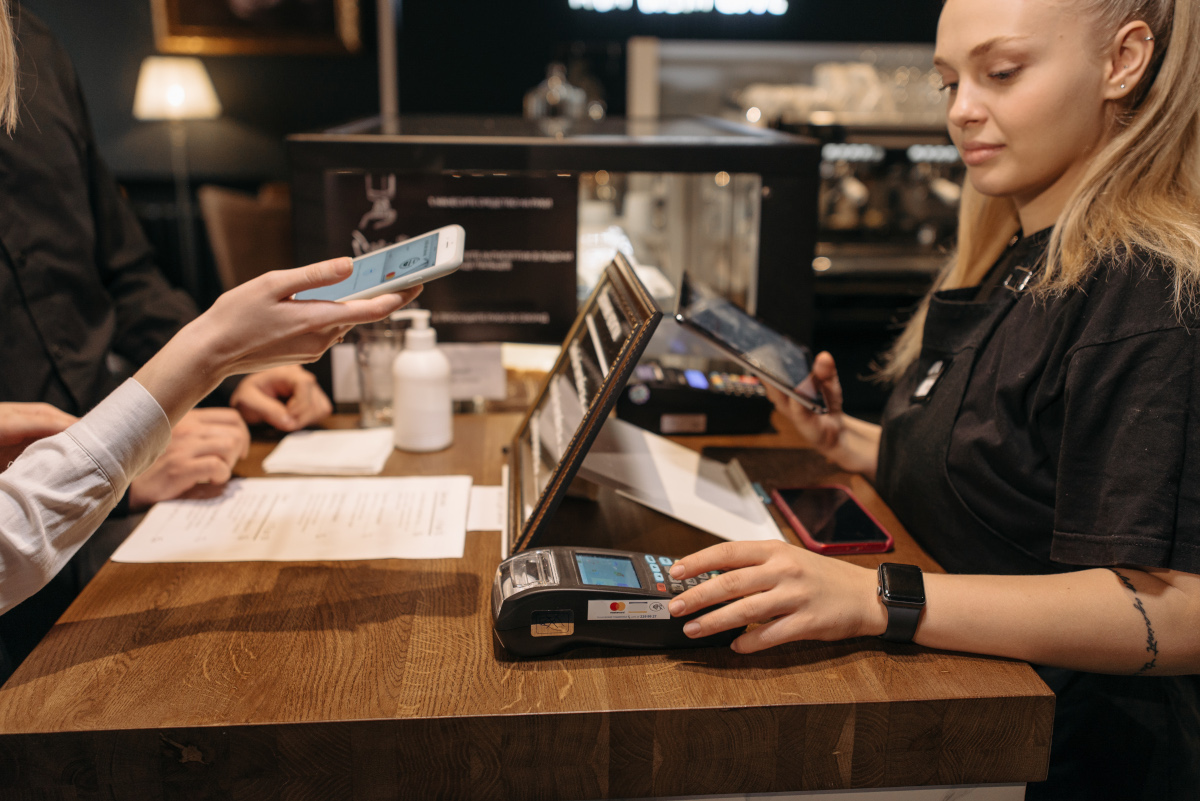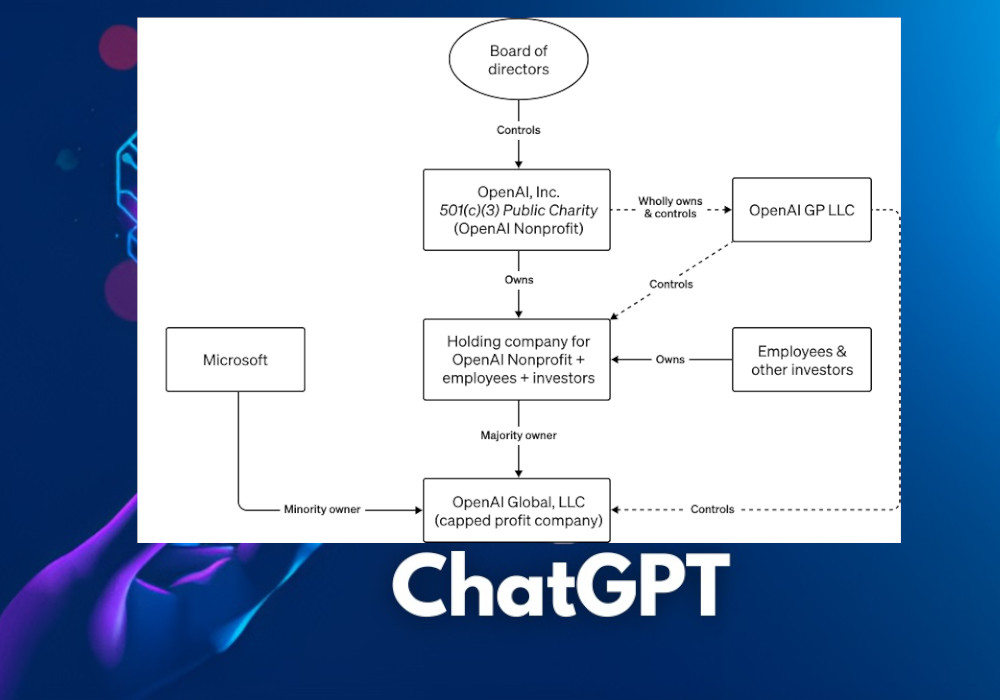All elements of the customer experience have been set to transform since the entrance of contactless payments in the 1990s. In 1995, the release of the UPass in South Korea had been groundbreaking. Nowadays, however, it would be one of many latest releases as a wide range of new technologies enter the field.
What is left to expect from contactless payments in the future? Keep reading for a closer look.
Applications during the coronavirus disease
When the Covid-19 pandemic hit, many banks and other financial institutions faced the challenge of maintaining quality service. Contactless and the fintech evolution paved the way for survival. Schools moved to the internet with online classes, as did hospitals with telehealth.
For businesses that thrive in human interaction such as retail or hospitality, more detailed adjustments had to be made. For hotels, countless contactless amenities from room entrance to robotic services were provided, whereas retail had to cope with the lack of cash payments, in-store testing or products, fitting rooms, and contact with retail agents.
AI and chatbots helped streamline customer service, while classic innovations from voice and video calls using various applications helped mimic real-life interactions. Digital wallets would then assist in solving the payment crisis as these super apps would combine multiple functions to streamline the checkout process.
Continuous growth post-pandemic
As the social distancing restrictions loosened, many industry leaders feared an immediate surge back to contact transactions. The opposite was noted instead.
As customers flocked back to physical stores or restaurants, cashless transactions with the re-addition of tools such as portable card reader machines continued to grow. This had led to an expansion of contactless payment choices for customers who may prefer to use their debit or credit cards — and even for customers who have begun to switch to eWallets like Apple or Samsung Pay, which card reader machines are designed to accommodate.
The reason for this continuous growth can be attributed to factors of convenience and safety, beyond mere hygiene. Market researchers have found a link between faster checkout times and contactless payments, which decreases the likelihood of cart abandonment.
This is especially the case when combined with other innovations that promote contactless transactions such as radio frequency identification (RFID) tags. Unlike barcode labels that are scanned individually, RFID tags can be automatically scanned together using a mobile scanner. This accelerates the automatic checkout process, which increases customer satisfaction, productivity, and sales accordingly.
Future developments
While the growth of many fintech stocks slowed down due to the waning pandemic, the global contactless payments market is still projected to reach USD 12,245 billion by 2030, growing at a CAGR of 20.8%.
While promising, investors must remain mindful of factors like the current bear market, which may temporarily induce crashes in the stock market. Otherwise, there are still huge successes like AAPL’s Apple Pay, which had a mere expected earnings growth rate of 3.9% in 2020 to grow to 36.6% in 2021. Currently, Apple Pay is still emerging as a force to be reckoned with, with developments of its own payment processing technology and infrastructure for future financial products.
Investors may also be interested in reviewing cryptocurrency stocks as payment trends in retail veer towards its usage in some convenience chains like Sheetz. Otherwise, other new payment options from facial recognition, holographic bar codes, and “just walk out” methods like Amazon One continue to enrich the landscape of contactless.
To stay updated on the latest financial news and analysis, check back at ViaNews Agency where we provide the facts 24/7.









